

Josh Nevett
CarExpert's top five large SUV reviews of 2025
20 Hours Ago
The entry-level Toyota RAV4 GX petrol is a fundamentally sound family SUV, but the hybrid drivetrain is without doubt the better option.

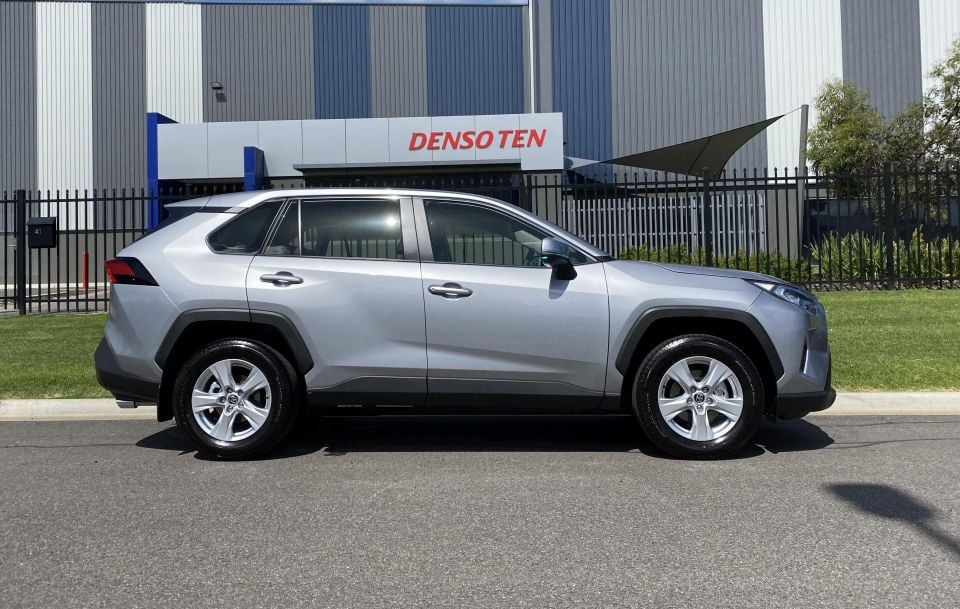

Senior Contributor
New from
$34,695
excl. on-roads

Senior Contributor
New from
$34,695
excl. on-roads


Senior Contributor
New from
$34,695
excl. on-roads

Senior Contributor
New from
$34,695
excl. on-roads
Quickly see how this car stacks up against its competition. Select any benchmark to see more details.
Where expert car reviews meet expert car buying – CarExpert gives you trusted advice, personalised service and real savings on your next new car.
We’ve been full of praise for the Toyota RAV4 in top-of-the-range Cruiser Hybrid guise, on account of its comfy road manners, brilliant economy, and spacious cabin.
It seems the Australian market agrees, since the RAV4 is far and away the nation’s most popular SUV in 2020, having found 31,195 buyers and nearly 26 per cent market share. It closest rival is the Mazda CX-5, which has managed a comparatively meagre 17,507 sales over the same period.
But what about the RAV4 range at the other end of the price band? Here we have the – dare we say it – fleet-friendly RAV4 GX with the non-hybrid petrol engine and 2WD. Does the sharply-styled Toyota also stack up for bargain hunters?

The starting price is $32,695 before on-road costs, plus another $2000 for the automatic transmission that 99 per cent of people buy. That equates to a drive-away price of $39,000 exactly using Toyota’s own website configurator.
How does this stack up?
Well, if you’re investigating a base model like the RAV4 GX, you’re potentially on a tight-ish budget. If this is the case, then there are more affordable – though older-design – options like the Mitsubishi Outlander ES ($32,990 drive-away at the time of writing) or Nissan X-Trail ST ($30,990 at the time of writing).
The entry RAV4 commands a premium, and while it’s a superior vehicle, that matters.

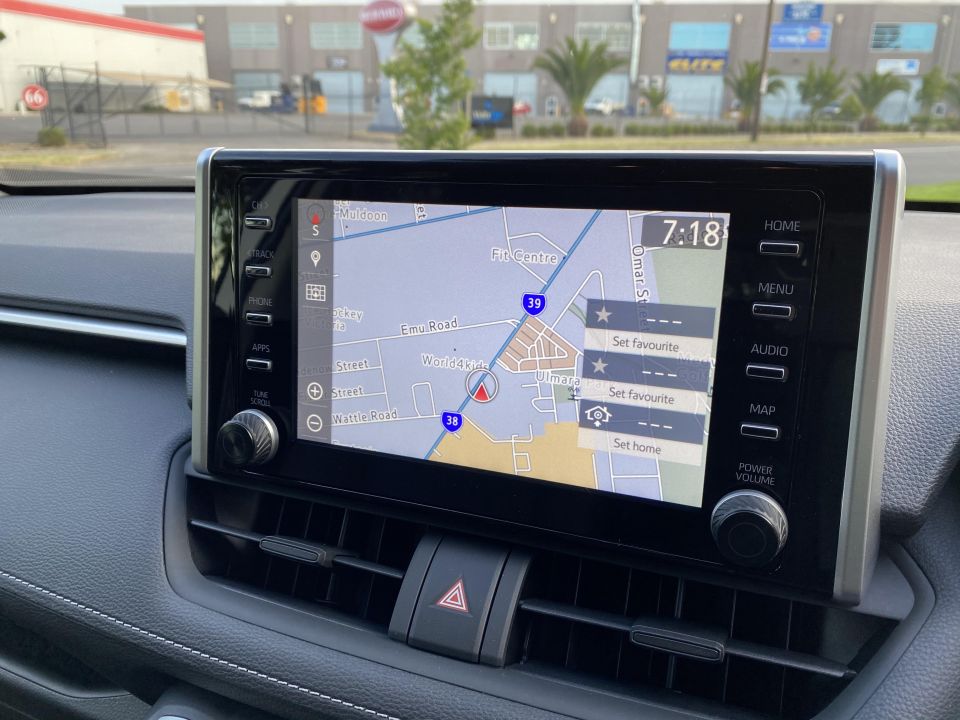
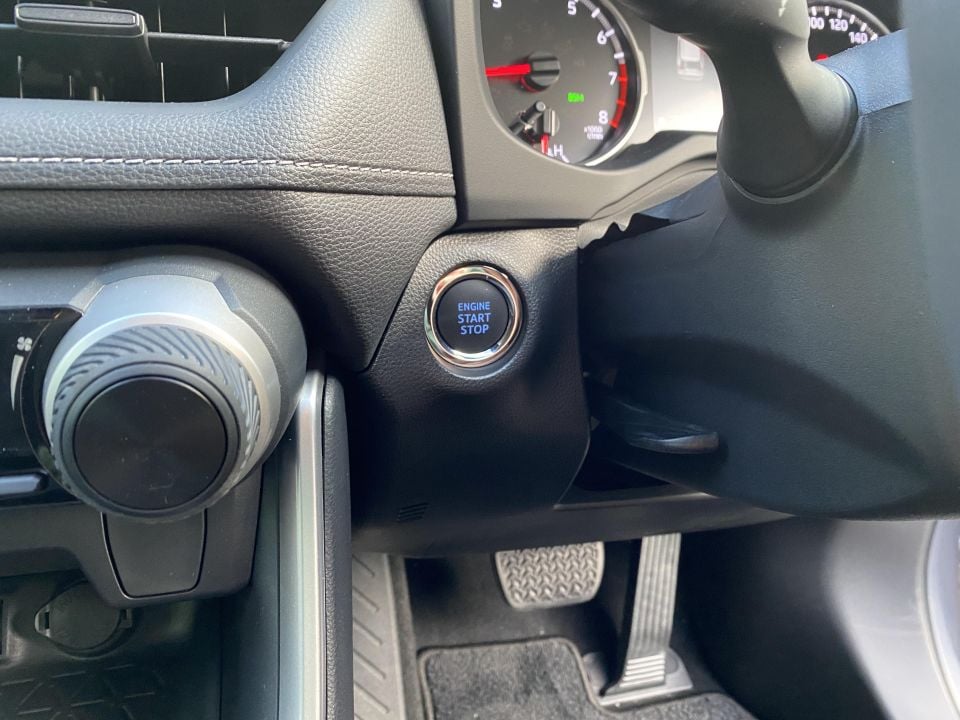
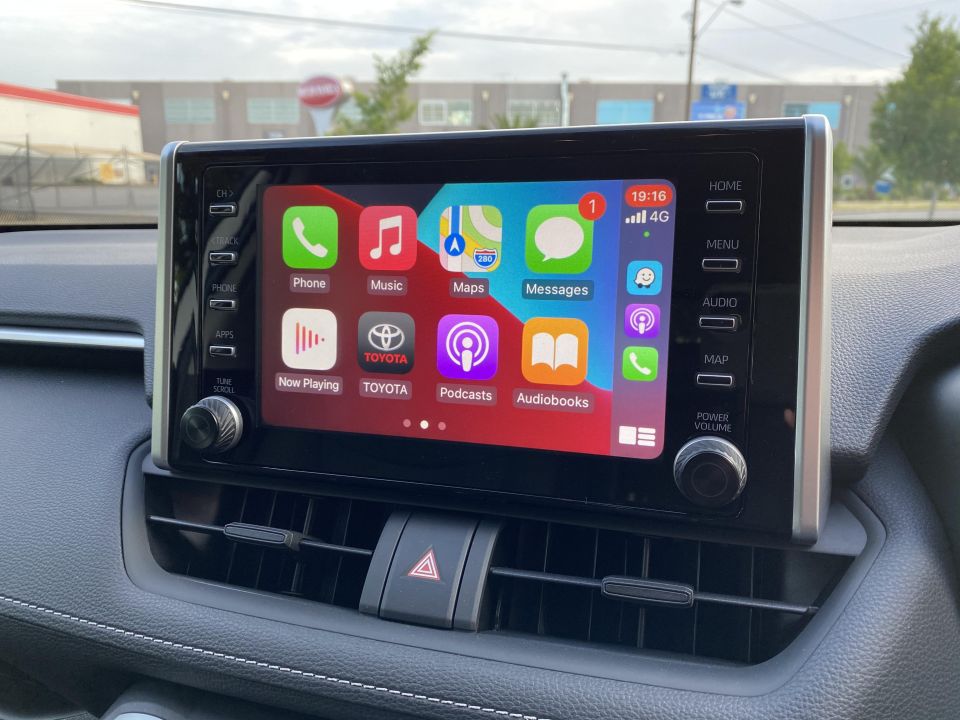
Buy your new car without the stress. It's fast, simple and completely free.

Great service from Travis and team, second time I have used this business would not hesitate to recommend them to anyone
Craig C.
Purchased a Ford Ranger in Sunshine Coast, QLD
CarExpert helped Craig save thousands on his Ford Ranger, now let us save you on your next new car.
Find a dealOn the outside you get 17-inch wheels wearing 225/65 Bridgestone Alenza tyres; a manual tailgate; LED headlights, tail lights and running lights; rain-sensing wipers; and parking sensors.
Inside the car there’s button start; manually adjustable fabric seats; manual air conditioning; an 8.0-inch touchscreen; reversing camera; satellite navigation with SUNA traffic updates; Apple CarPlay and Android Auto (both wired); five USB points; digital radio; and six speakers.
Obvious features missing from the base model that you get in the GLX grade one rung up include rear privacy glass, an auto-dimming rear-view mirror, proximity key fob entry (the absence of this feature despite the standard starter button in the GX makes no sense), and a wireless phone charger.
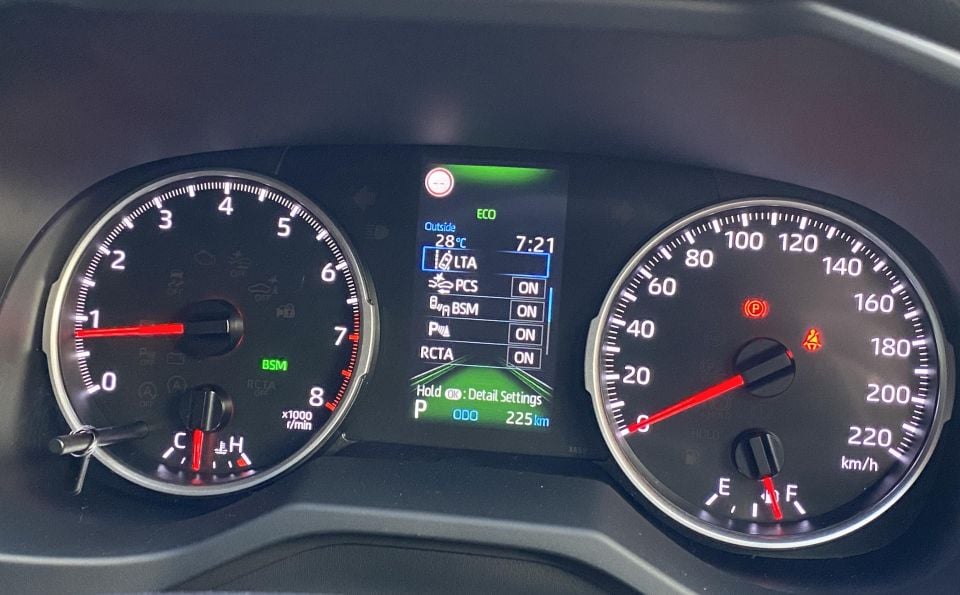
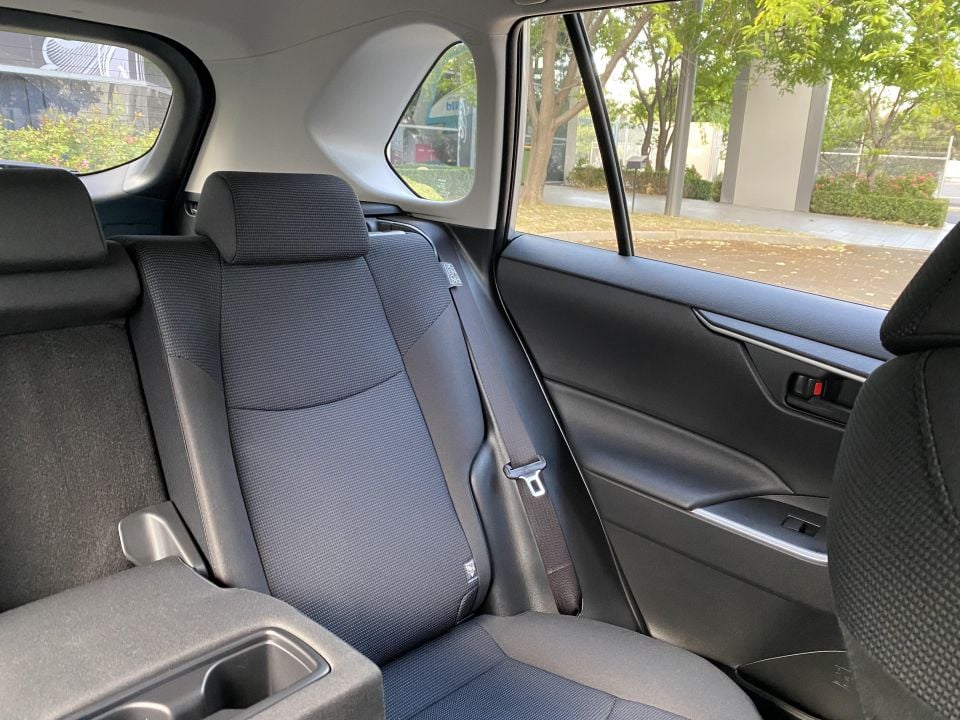


Absolutely. Toyota doesn’t only offer its safety features on more expensive grades, which is commendable.
Passive features include front, front side, full-length curtain, and driver’s knee airbags, as well as rear ISOFIX and top-tether child-seat attachment points.
Active safety features include autonomous emergency braking that can detect pedestrians and cyclists, lane-departure warning, lane tracing assist (lane-centring), road sign assist, auto high-beam shutoff, adaptive cruise control, blind-spot monitoring, and rear cross-traffic alert.
The lane centring function is quite effective at steering the vehicle away from road lines in corners, though can get a little intrusive until you adjust. It can be switched off if you prefer. The active cruise brings the car to a full stop if need be.
Crash-tester ANCAP awarded the RAV4 its maximum five stars in 2019, scoring it 93 per cent for adult protection, 89 per cent for child protection, 85 per cent for pedestrian/cyclist protection, and 83 per cent for the safety assist systems. This rating covers all variants and engines.
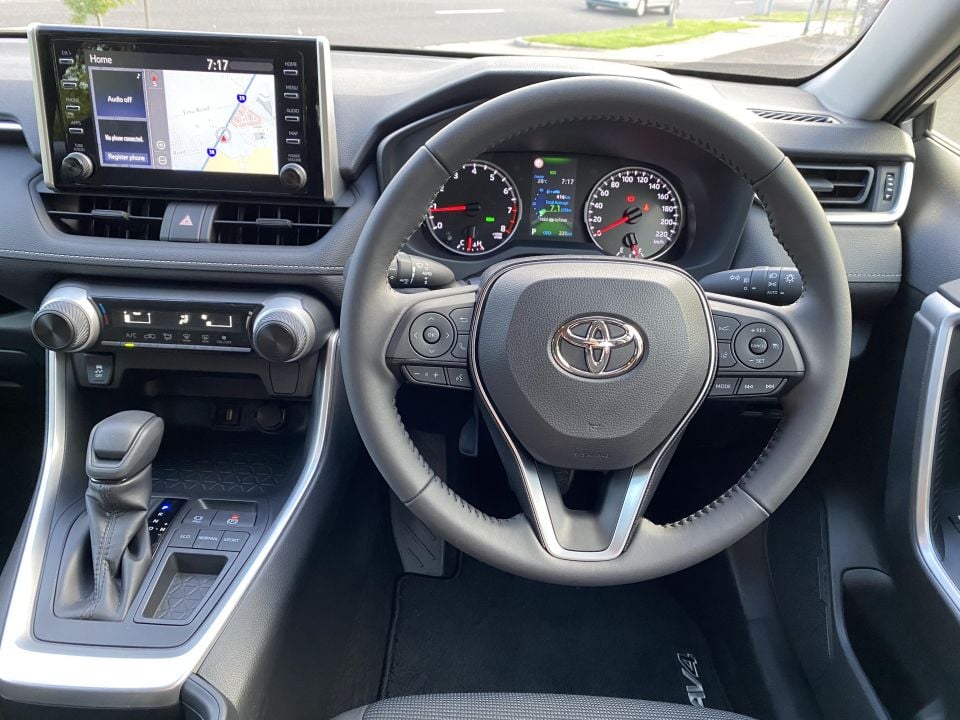
The cabin ticks the basic boxes. The driving position is nice and high up, there’s plenty of steering wheel adjustment, and the seats are quite supportive. The analogue instruments flank a small screen that shows a digital speedo.
Everything is well put together, and the material quality (leather-wrapped wheel; rubberised AC dials; soft dash, door and console; damped buttons) feels a cut above many base models. The use of contrast decorative stitching and silver plastic trims add some needed lightness to the palette.
It’s highly practical upfront. The door bins can handle a 1L bottle and a book each, the centre console is easily capacious enough for a six-pack, there’s a small lipped open section above the glovebox, and two open cubbies along the transmission tunnel in addition to centrally-mounted cup holders.
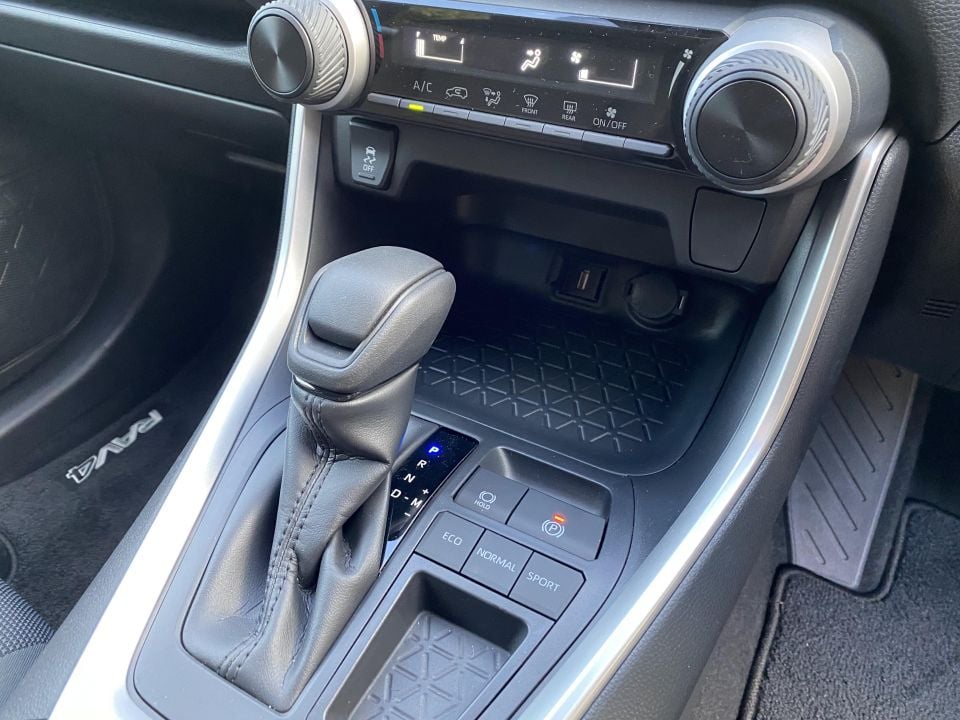
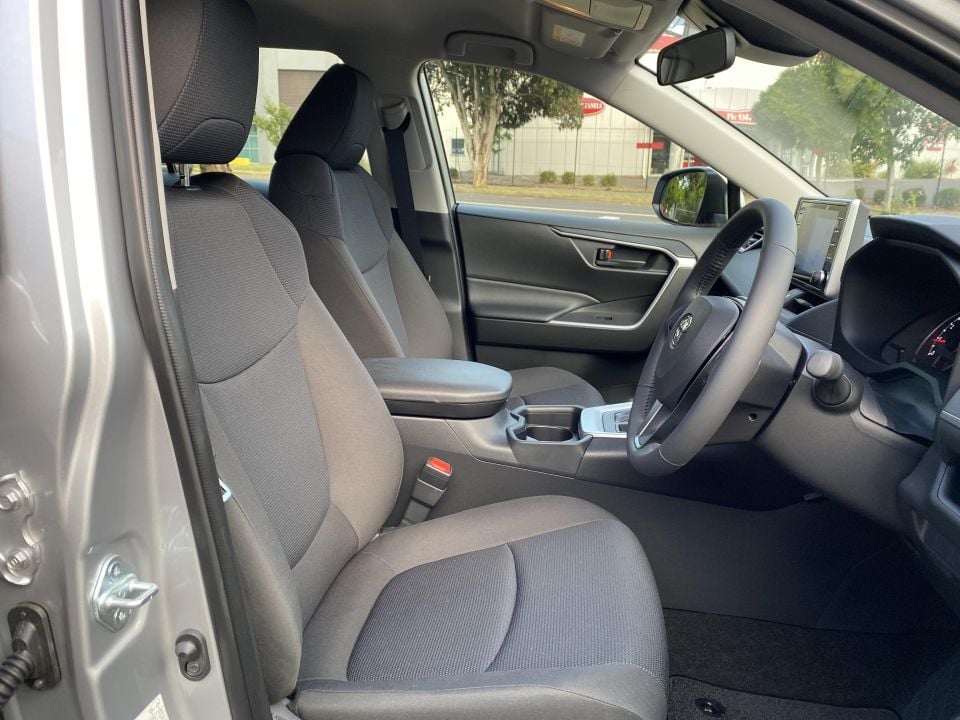
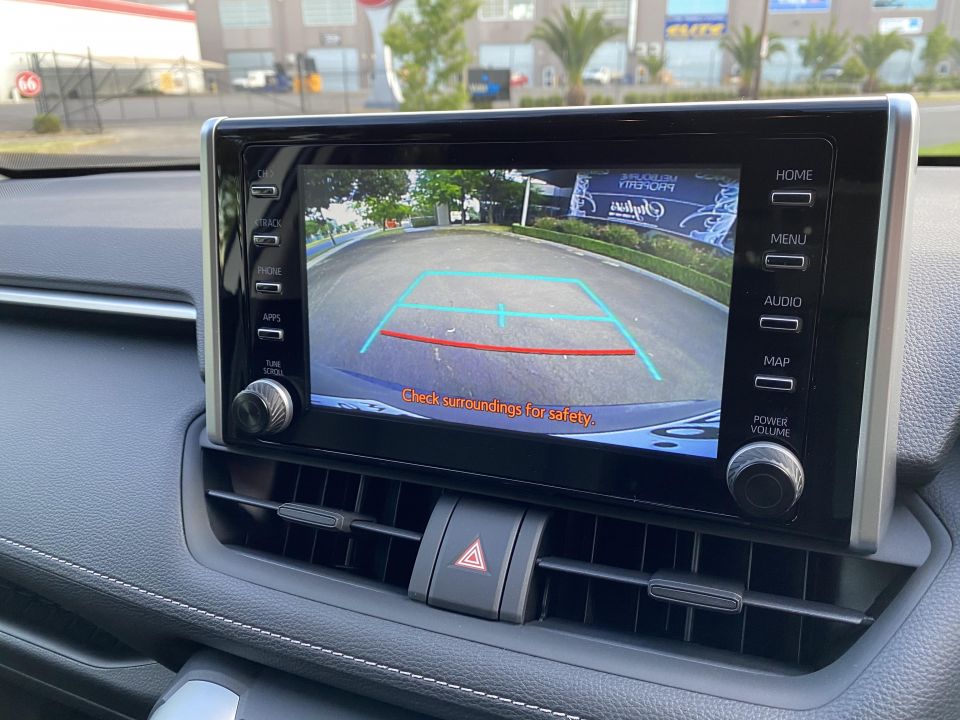
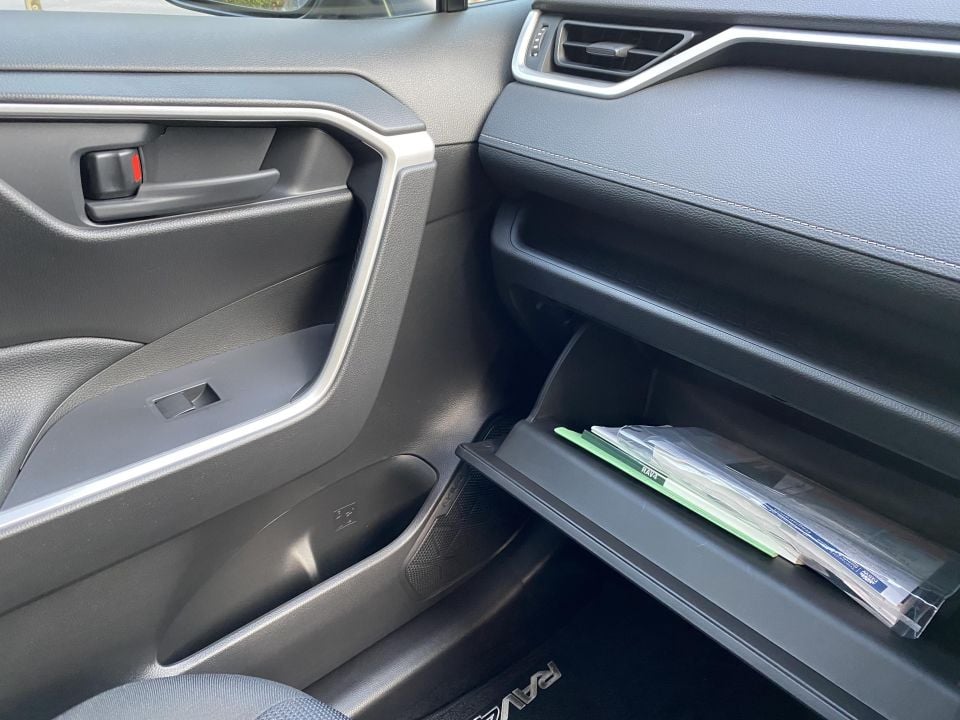
The touchscreen unit is flanked by shortcut buttons taking you directly to maps or audio or phone sub-menus, and the maps and audio quality are fine. The Bluetooth phone call audio isn’t all that sharp, though I still got through multiple calls while on the move.
The reversing camera also isn’t the crispest in terms of resolution and the guidelines are fixed. But there are parking sensors at both ends, and the large windows further aid outboard visibility.
I’d appreciate some padding on the side of the centre tunnel for my knees to rest on, there’s lots of shiny black trim around the touchscreen that attracts dust and sun glare like a magnet, and passenger-seat height adjustments wouldn’t go astray.
To the back seats, which are not obscured by privacy glass at this spec level. The back doors don’t open 90 degrees like a Honda CR-V’s, but it’s hard to criticise the amount of room on offer. I’m 194cm and had ample knee, head, shoulder, and toe space behind my own preferred driving position, and the large windows and small C-pillars enhance outward vision.

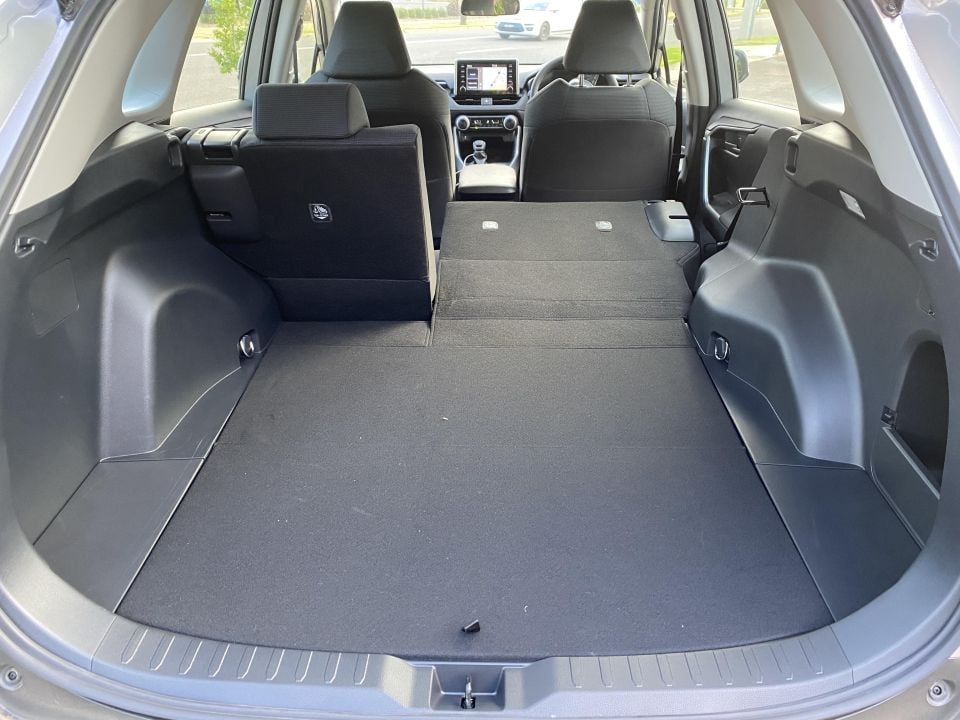
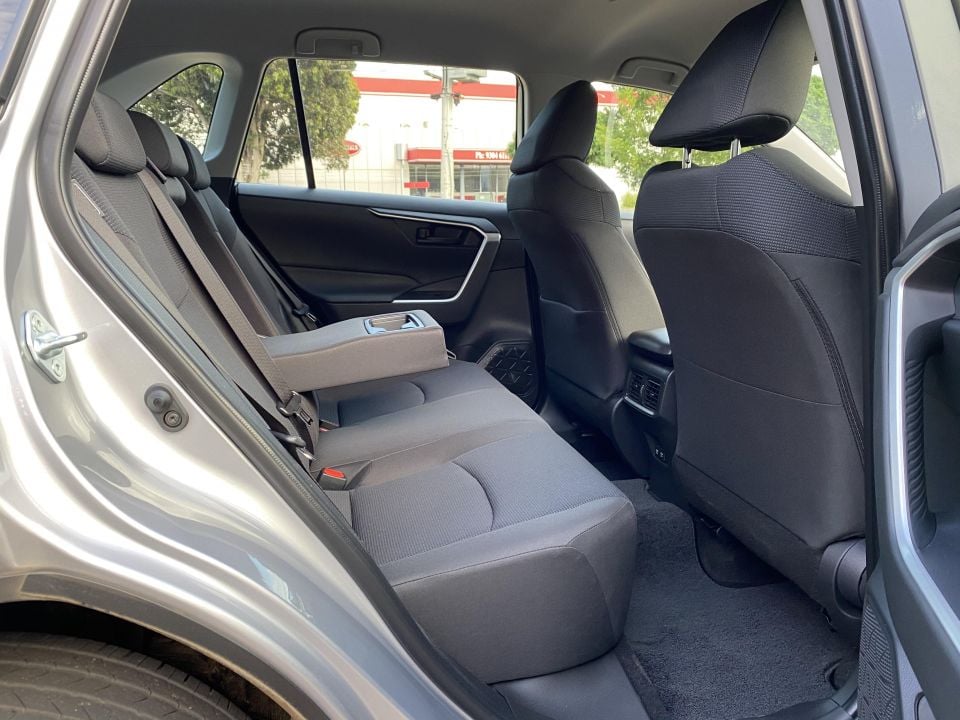

As well rear door bins, grab handles and coat hooks, amenities include rear air vents, two 2.1A USB points, a fold-down centre armrest with cup holders, a passenger-side seatback pocket, and back seats that recline by a notch (but don’t slide). There are ISOFIX and top tether points, naturally. Even the narrower and higher middle perch is serviceable.
The boot is a huge 580 litres with the back seats in use, and comes with a 12V socket, a small cubby on the side, a pull-out cargo cover, and a two-level loading floor. The loading lip is very low and the wheel arches are shaped in such a way their intrusion into the boot is minimal.
There’s a standard space-saver spare wheel but you can option a full-size unit, which is particularly worth considering for regional buyers. Alongside the aforementioned CR-V, the RAV4 has the best boot in the class.
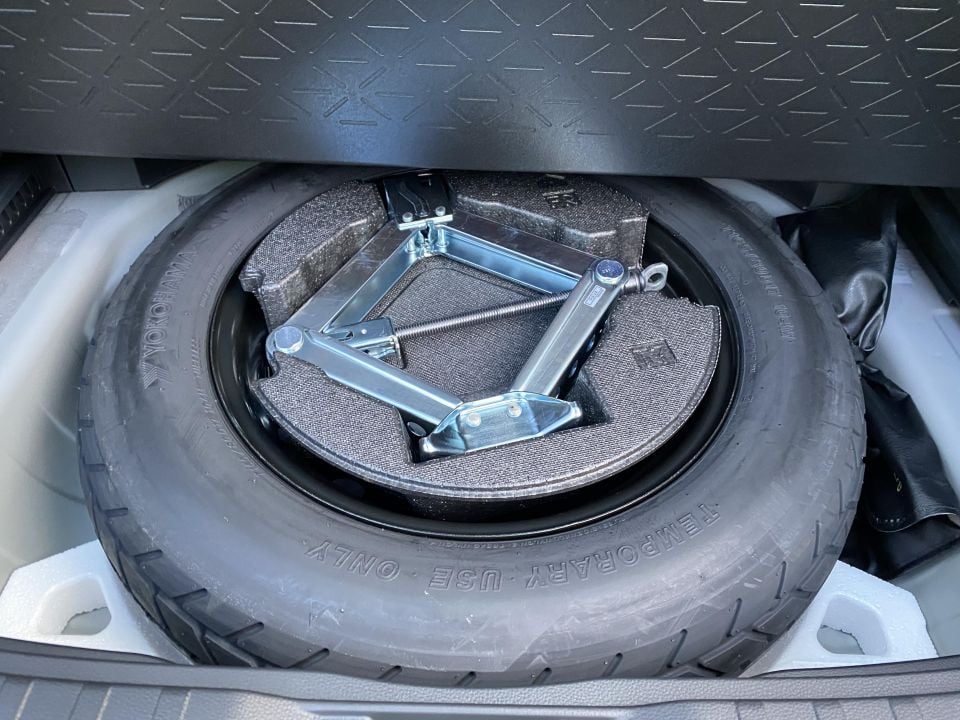
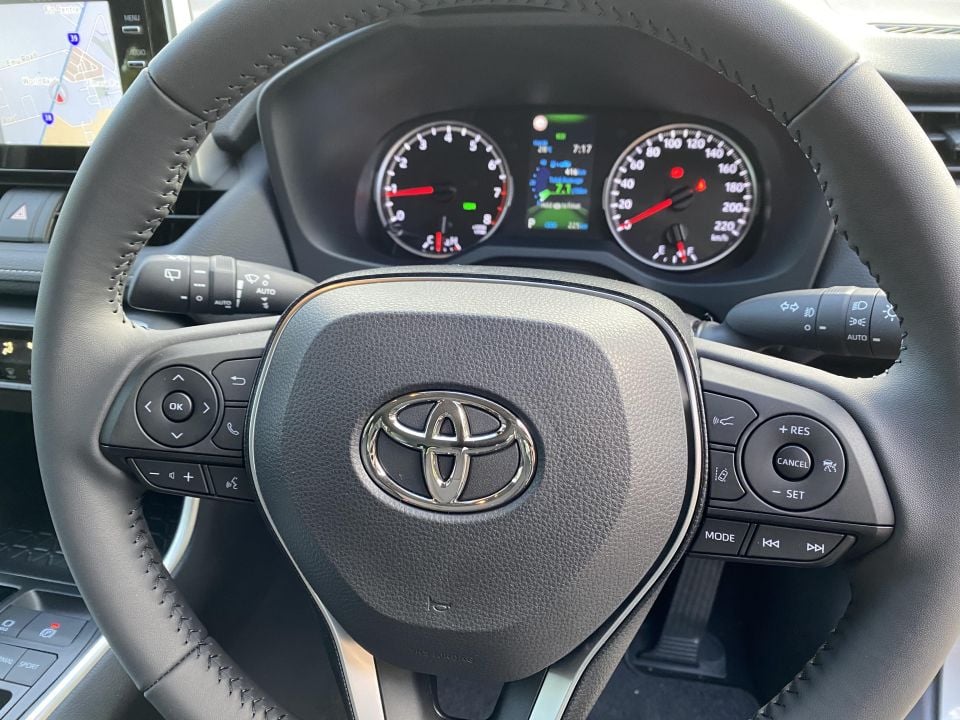

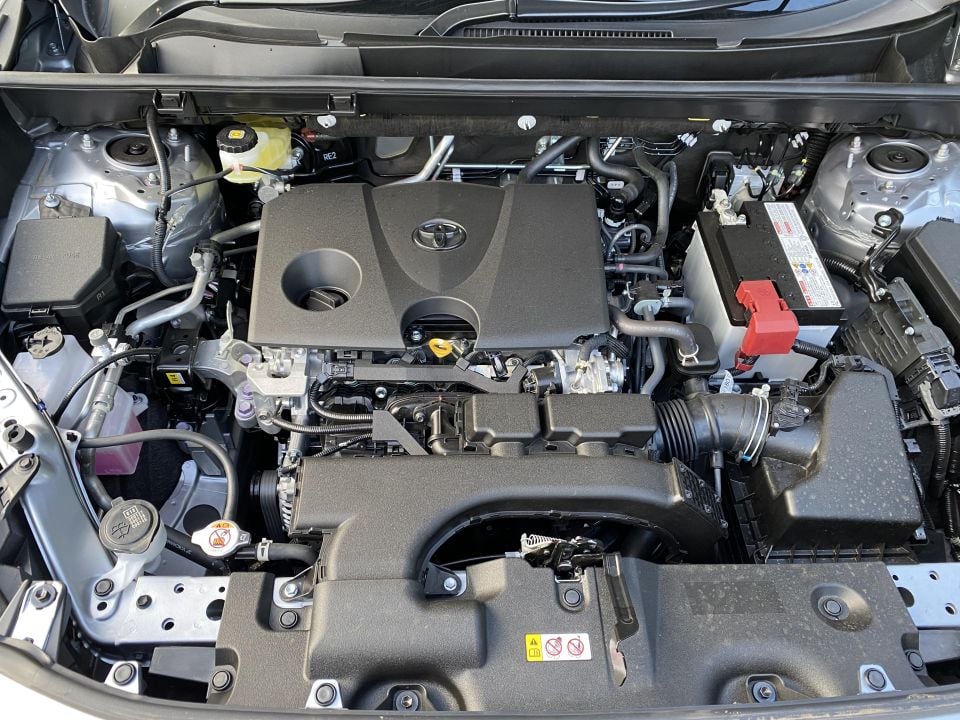
A 2.0-litre naturally-aspirated four-cylinder petrol producing 127kW of power at 6600rpm and 203Nm of torque between 4400 and 4900rpm, mated to a CVT auto and front-wheel drive (FWD).
Those outputs aren’t particularly high for a vehicle that weighs 1550kg before passengers, really, as our circa 10-second 0-100km/h ‘dashes’ attested.
It’s an efficient engine despite the absence of stop/start though, using a claimed 6.5L/100km and capable of running on 91 RON. My average yield was 7.3L/100km over a mixed driving loop, on a hot day.
There’s a high compression ratio, dual variable valve timing, as well as combined direct and port fuel injection. The CVT has a less ‘elastic’ launch gear, which hands over to the CVT’s steel belt pulley system once you’re rolling.
If you’re keen to tow, shop elsewhere. The GX 2WD 2.0-litre RAV4 can only haul 800kg.
For about $2400 more at list price (though only about $1400 more on Toyota’s drive-away calculator), you can get the RAV4 GX 2WD petrol-electric hybrid that delivers a punchier 160kW power output while slashing fuel use to 4.8L/100km. A further $3000 gets you AWD by way of a second motor on the rear axle.
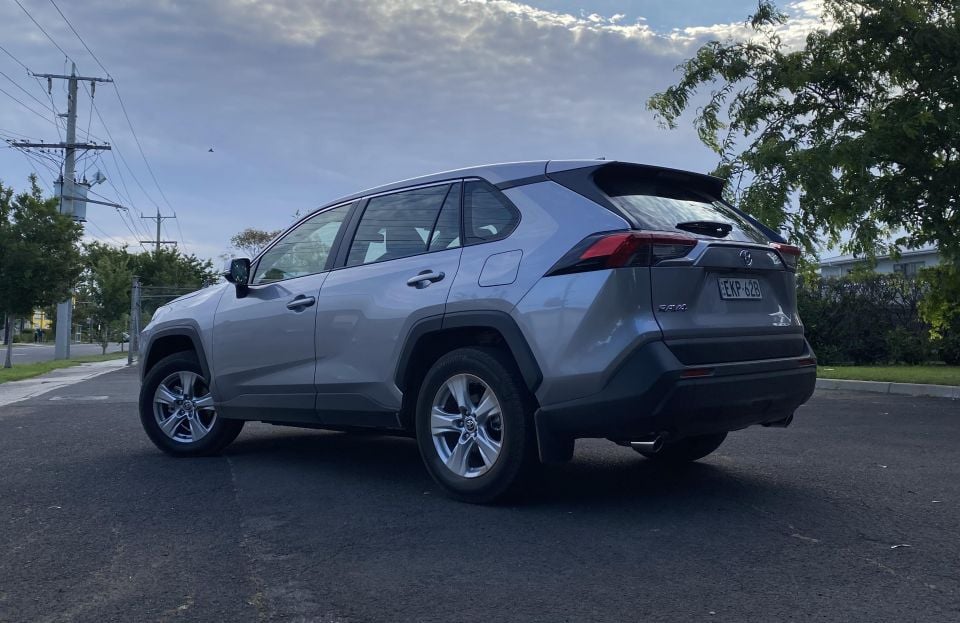
The engine isn’t overly loud except for a brief interval at startup as it rapidly gets up to operating temperature, and the fixed launch gear stops the CVT flaring right away.
But it also doesn’t have much oomph until you’re carrying some revs, with some breathless moments as the speedo gradually climbs. It’s perfectly OK for urban commuting, but you’re never in any danger of chirping the front tyres or being pinned to your chair.
It settles in nicely at highway speeds – I saw 2000rpm at 110km/h, thanks to the transmission I suspect.
There are three driving modes – Eco and Normal feel interchangeable to me, but Sport sharpens up the throttle response right away, though diminishes noise refinement.
The RAV4 rides on an iteration of Toyota’s modular transverse platform, called TNGA. It has wider tracks than the old RAV4, MacPherson strut front and trailing wishbone rear suspension, and motor-driven power steering.
The front brakes are 305mm ventilated discs, while at the rear you get 281mm solid discs. The parking brake is an electric switch, with anti-creep Auto Hold.
It’s a well-sorted machine, with evenly weighted steering, a stable and solid road feel, some agility through corners, and a generally excellent knack of isolating you from bumps and potholes. It’s never flustered, and always makes you feel in control.
The only minor dynamic gripe is the road noise over coarse-chip bitumen – I’m not sure whether the blame lies with the floorpan insulation or Bridgestone Alenza tyres. It’s not horrible, but there are more refined contenders.


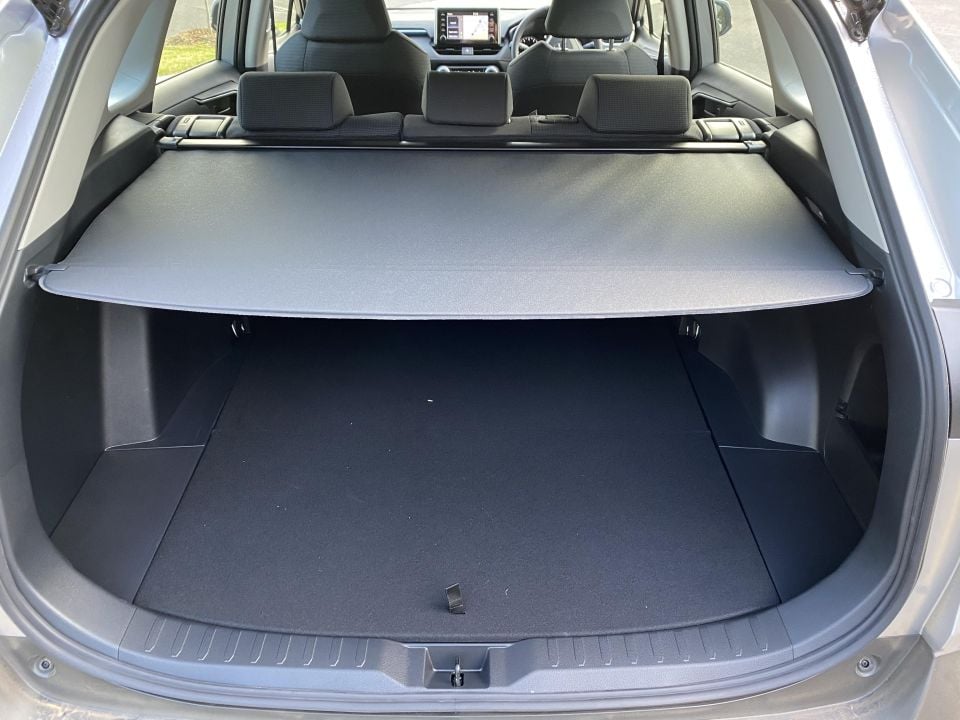
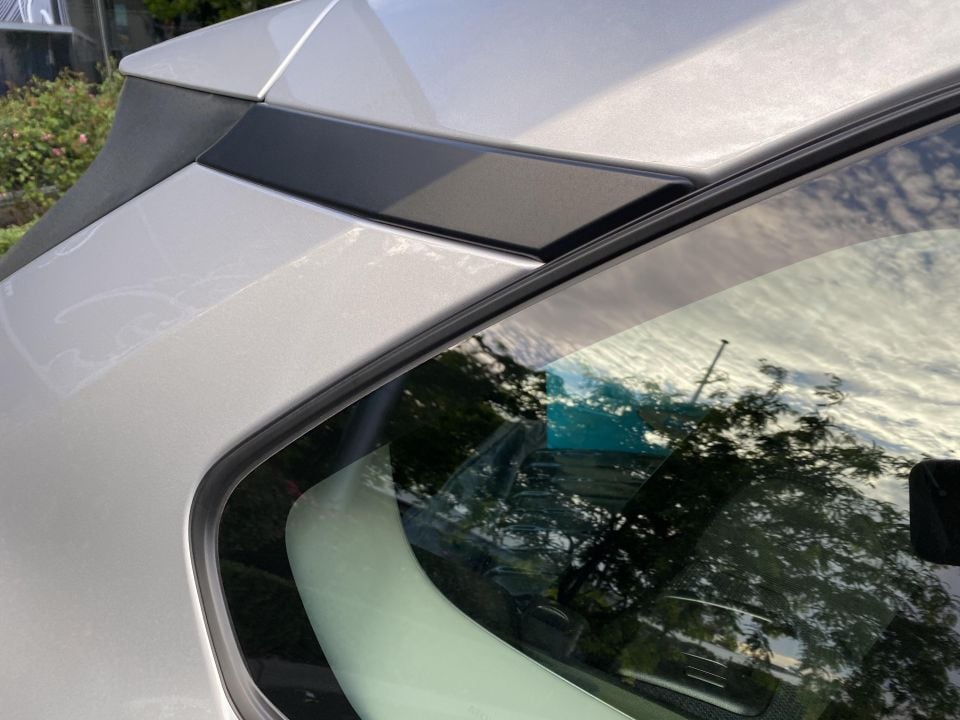
All Toyota RAV4s come with a five-year and unlimited distance warranty, plus seven years of engine warranty so long as you keep servicing your car at a Toyota dealership.
Servicing is as cheap as chips for the greater part, at intervals of 12 months or 15,000km (Toyota is thankfully moving away from six-monthly intervals on its latest passenger cars).
According to its website, the costs at each respective interval are capped at: $215, $215, $215, $215, $215, $820 (at six years or 90,000km), $256, and back up to $965 (eight years or 120,000km in).
In terms of fuel costs, we’ve calculated for you just how much more affordable the hybrid should prove over the long run, in our RAV4 versus RAV4 comparison.
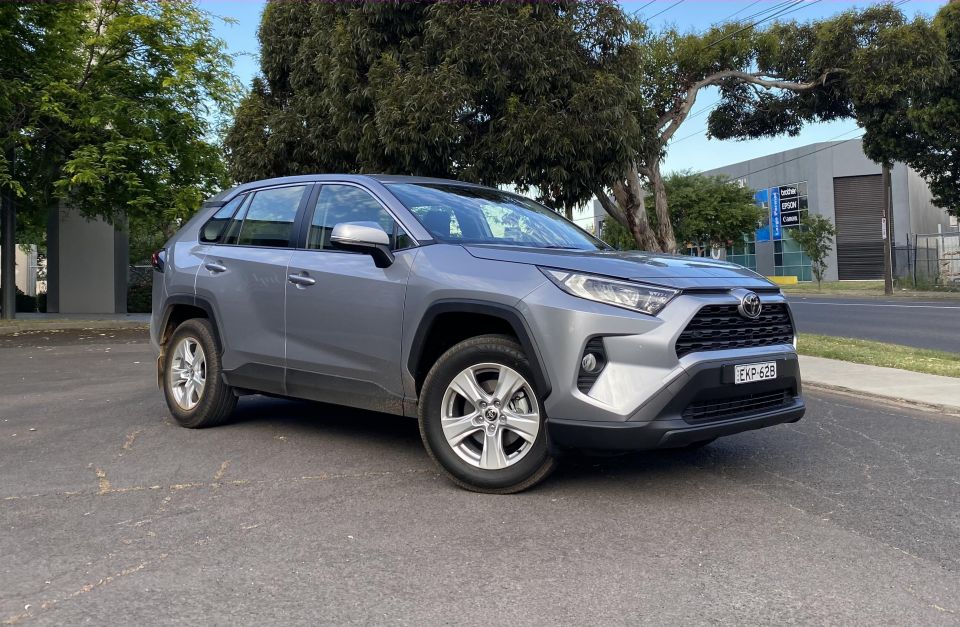
The Toyota RAV4 deserves to be the top-seller at the moment, because it’s nice to drive, highly practical and accommodating, very safe, and pretty cheap to maintain.
But as we’ve expanded on previously, it makes more sense in hybrid guise, and moreover the base GX commands a price premium over cut-price alternatives that might hold more appeal to budget buyers.
So while we’d happily recommend a RAV4 to any prospective buyer, this particular version is not the high point of its range. Try here for that one.
MORE: Toyota RAV4 news and reviews MORE: Toyota news and reviews
Where expert car reviews meet expert car buying – CarExpert gives you trusted advice, personalised service and real savings on your next new car.


Josh Nevett
20 Hours Ago


CarExpert.com.au
2 Days Ago


Josh Nevett
3 Days Ago


Max Davies
3 Days Ago


Damion Smy
4 Days Ago


Max Davies
4 Days Ago